Assessment 2: Medication Administration, Safety, and Documentation
VerifiedAdded on 2020/05/03
|6
|1181
|70
Homework Assignment
AI Summary
This assignment, titled "Assessment 2," delves into the critical aspects of medication administration. It begins by outlining the procedures for handling verbal and telephone orders, emphasizing the importance of accurate documentation, repetition of orders, and countersigning by authorized prescribers. The assessment then examines standing and PRN (as needed) orders, detailing their initiation criteria, documentation requirements, and the role of certified staff. The assignment further explores various routes of drug administration (oral, sublingual, intravenous, etc.) and highlights potential errors, such as confusion between similar abbreviations. The assessment covers intravenous fluid administration, including hypertonic solutions, and discusses how to calculate flow rates. Patient safety is a central theme, emphasizing the importance of the seven rights of medication administration and the role of regulatory bodies like the TGA. The assignment addresses adverse drug reactions, management strategies, and the assessment of patients' fluid and electrolyte needs. References to relevant research papers support the discussion, providing a comprehensive overview of safe and effective medication practices.
1 out of 6
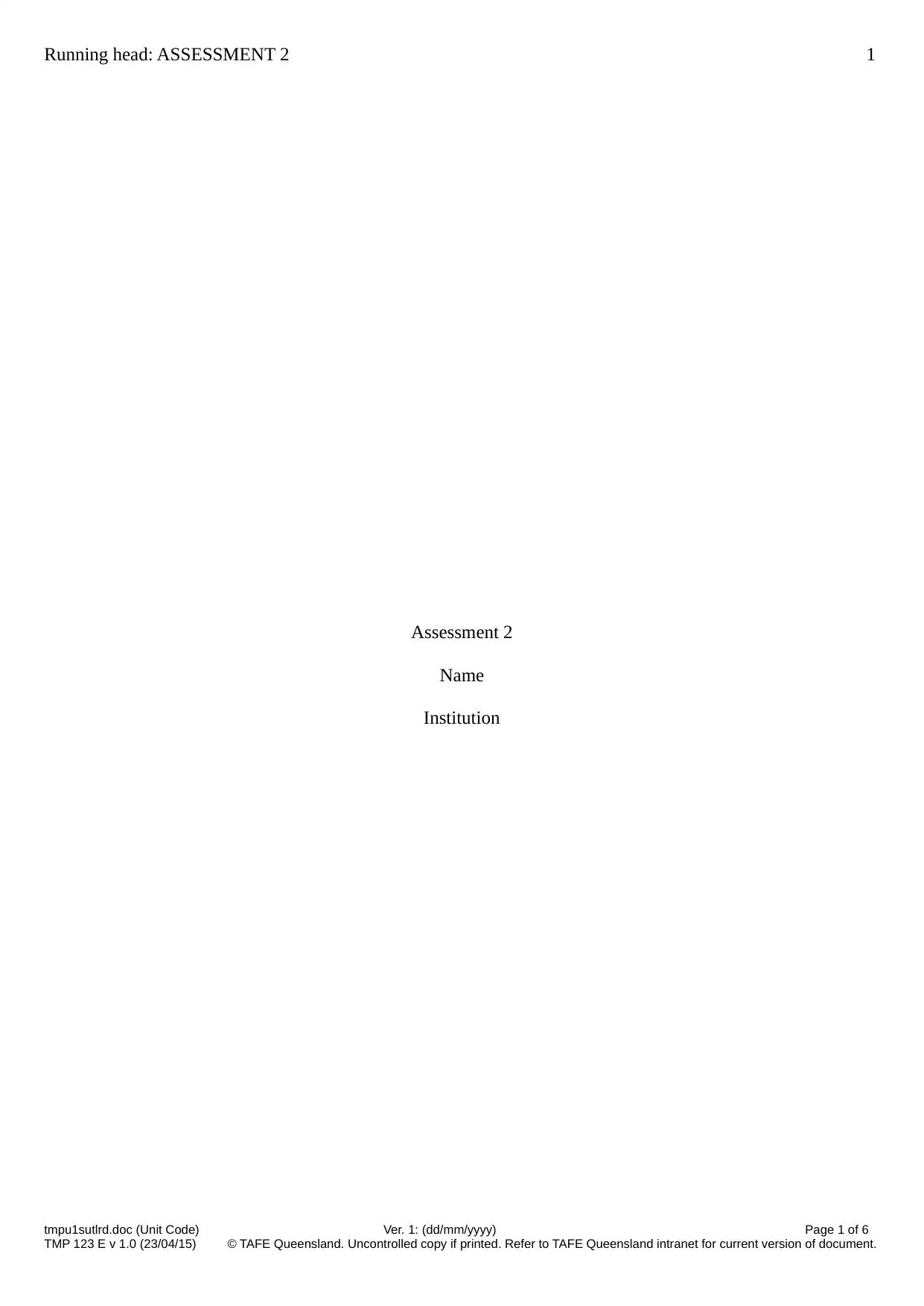
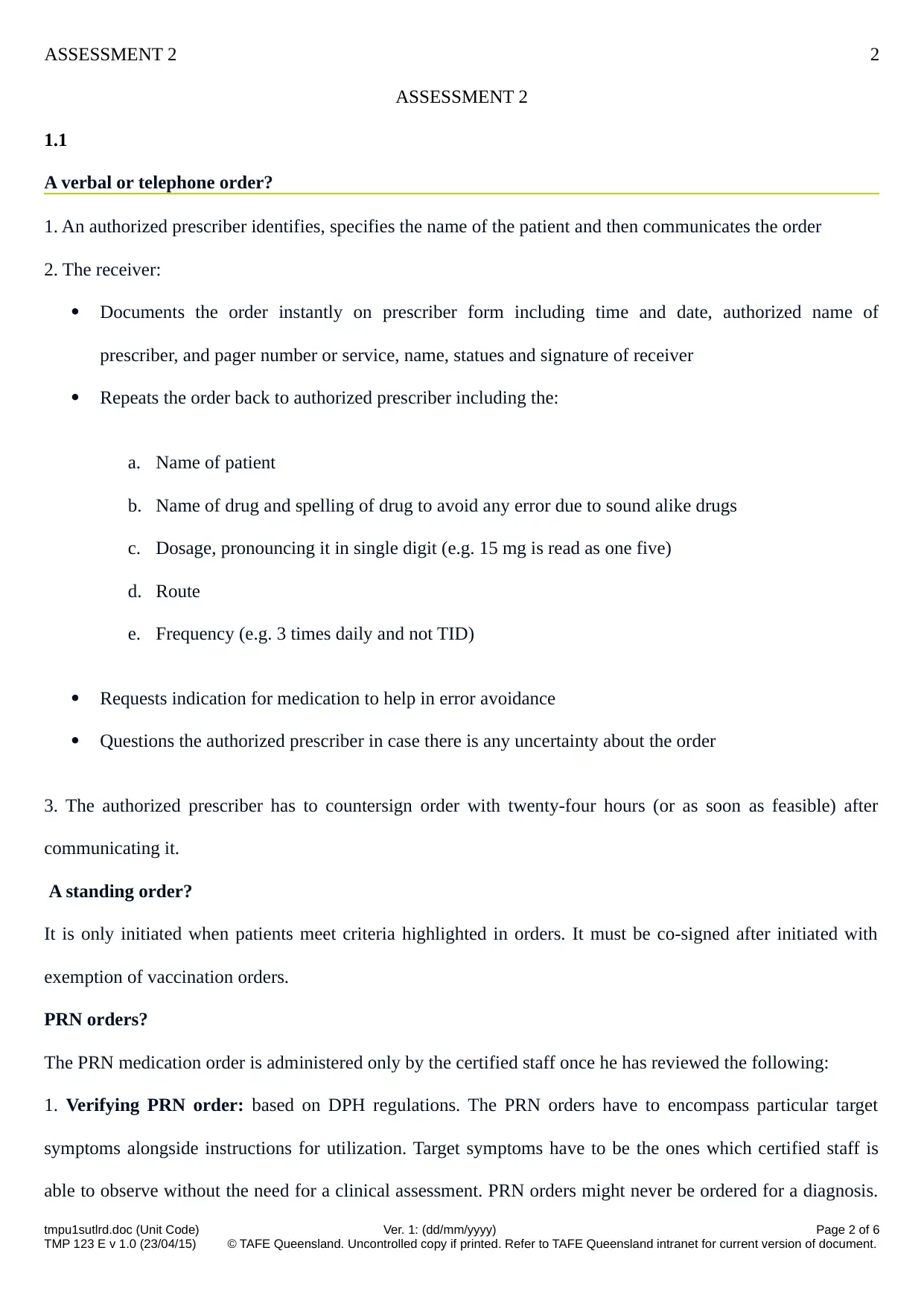
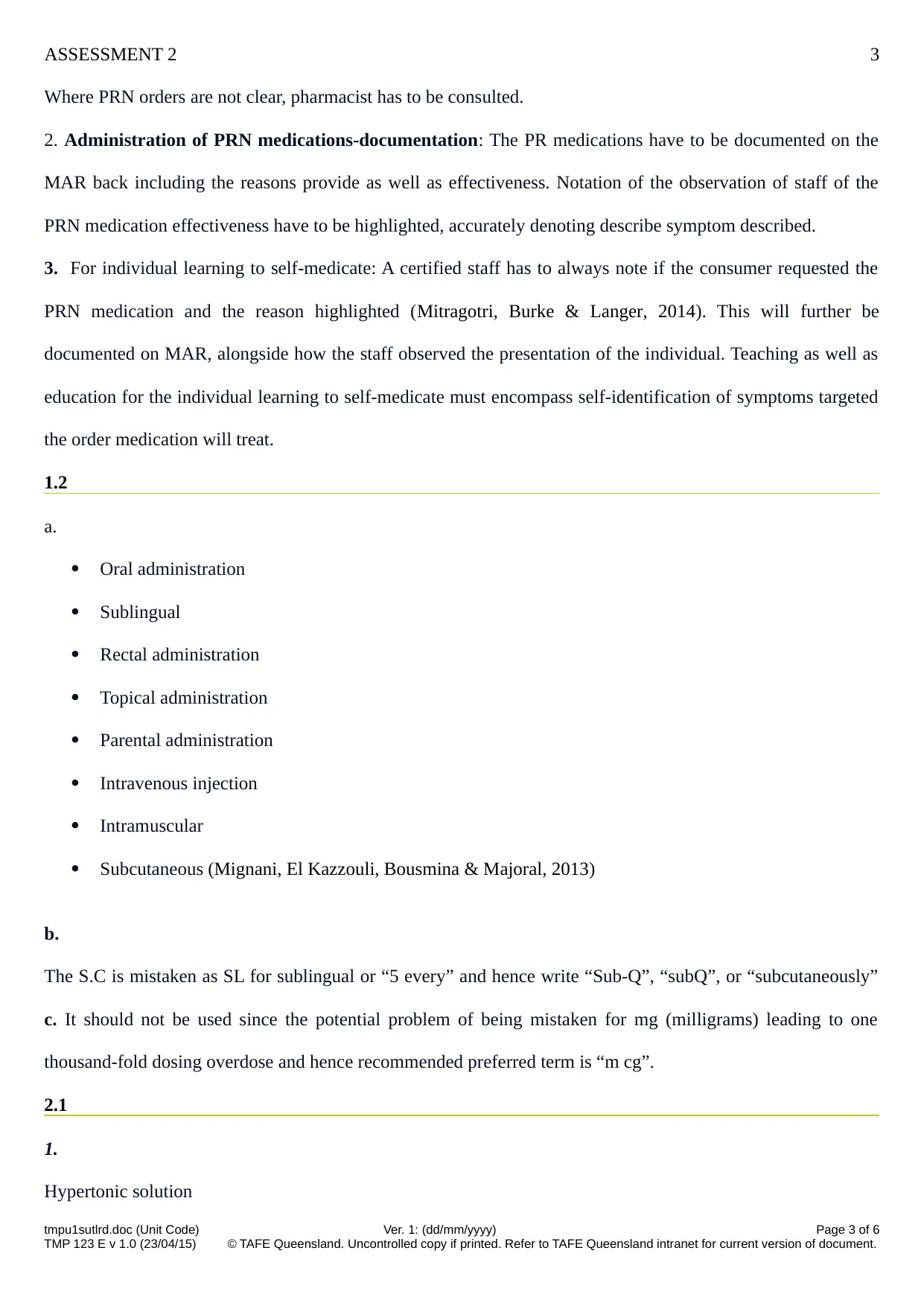
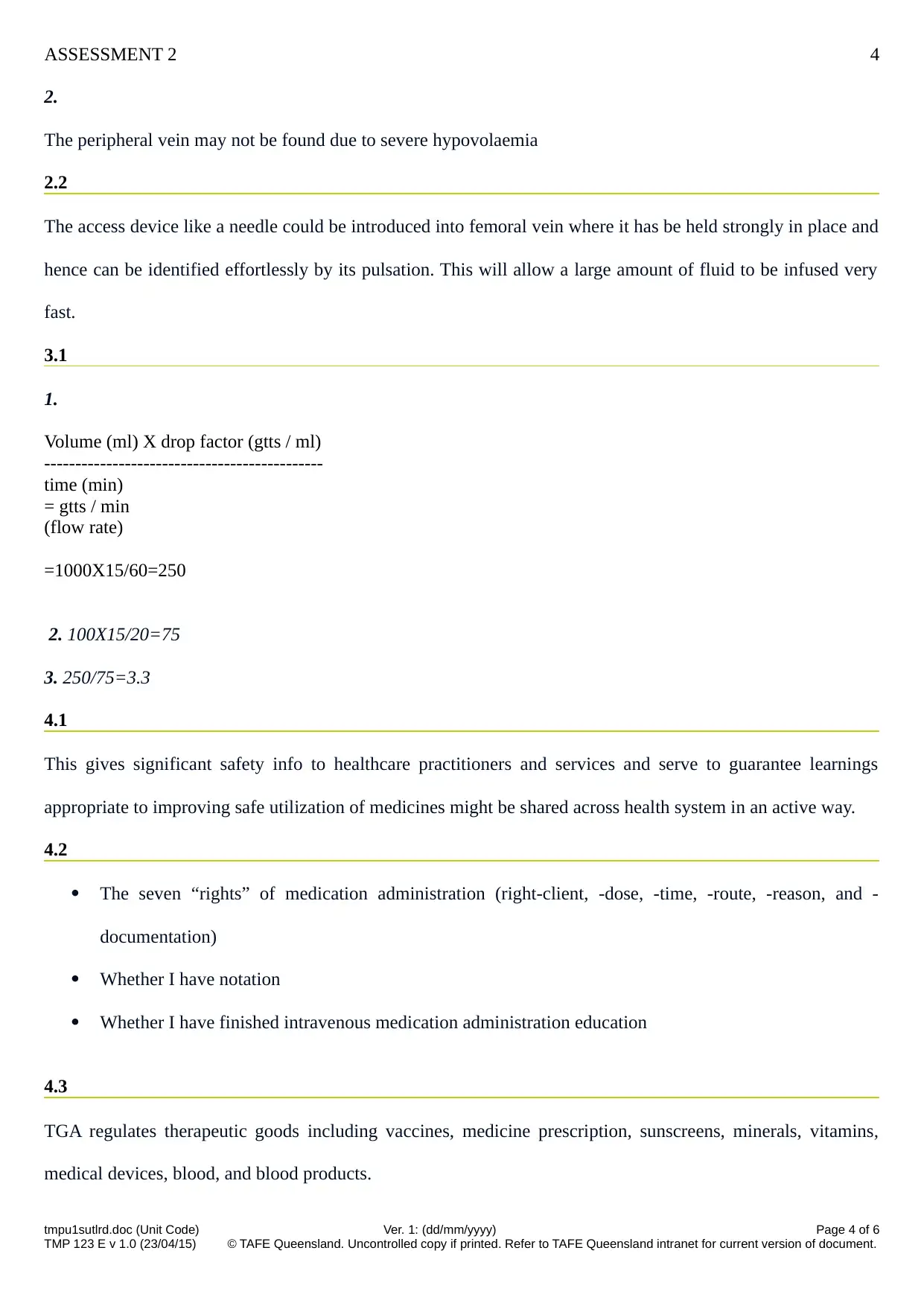
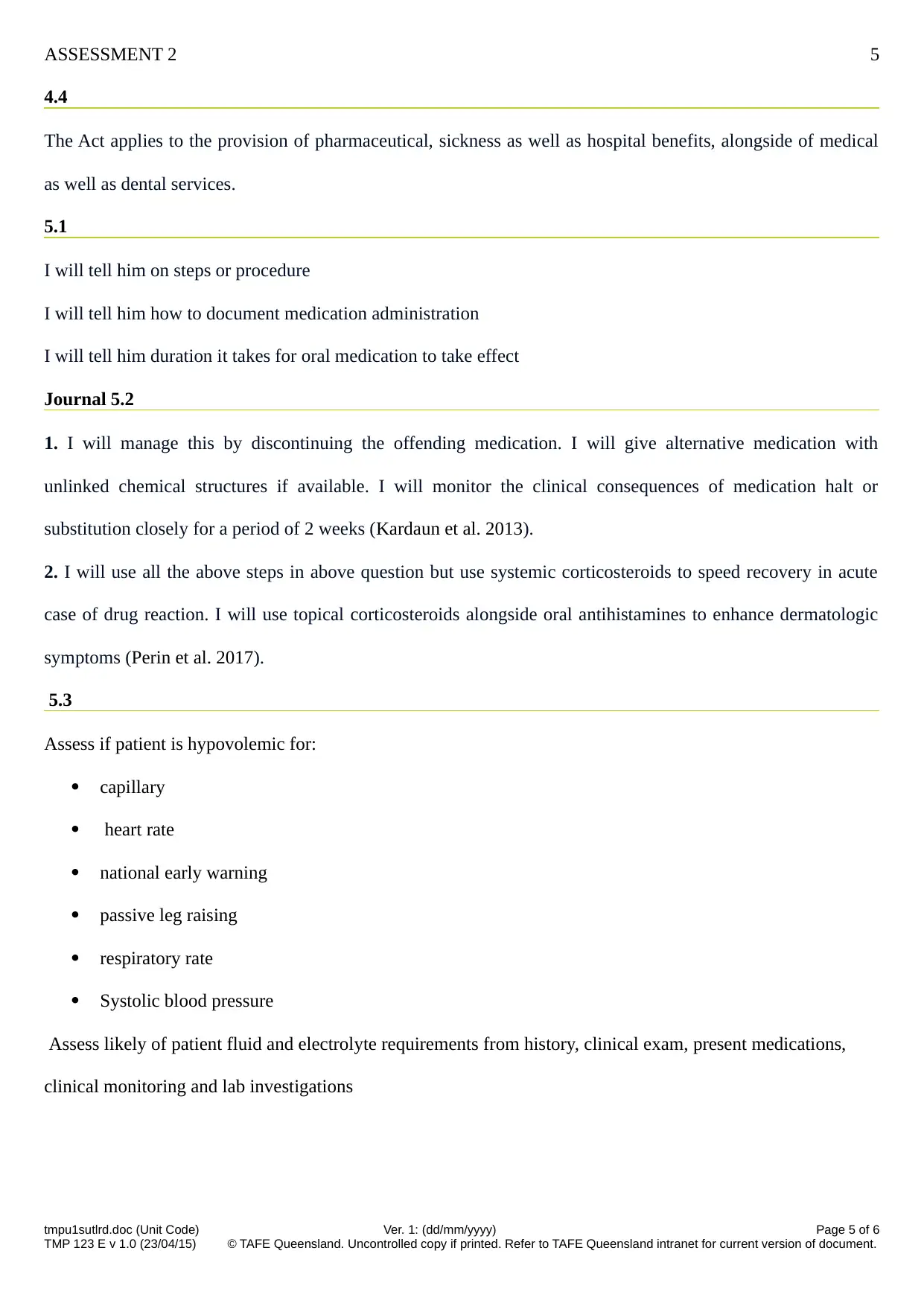
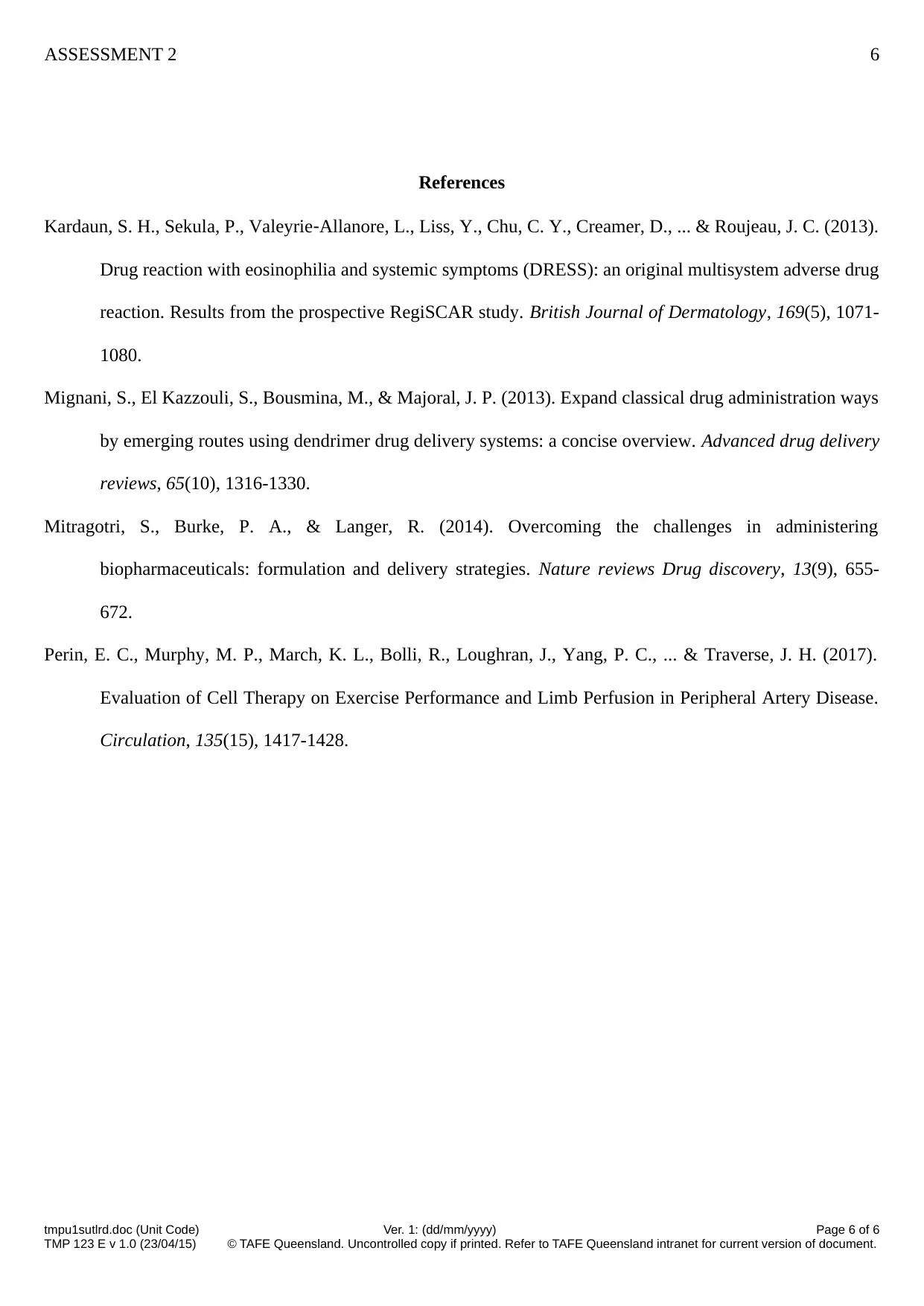




![[object Object]](/_next/static/media/star-bottom.7253800d.svg)